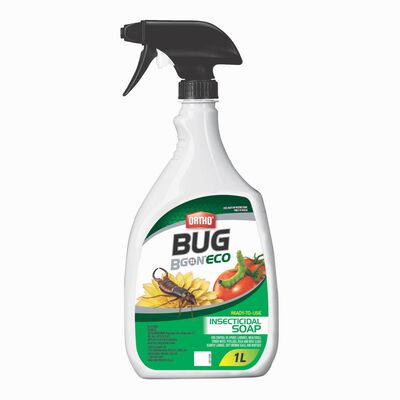
Caring for a Traditional In-Ground Garden
You planted your very first garden in the open ground, and it's thriving. Congratulations to you! Now that the initial work is done, it's mostly about regular maintenance. Taking care of your garden regularly will keep it, as well as your plants and soil, in the best possible condition. Plus, you'll always harvest your vegetables or herbs at their freshest, and your flowers at their most vibrant, which adds to the enjoyment!
Don't worry, maintaining an in-ground garden can be easy. Just dedicate a few minutes each day to accomplish these 6 essential steps.
Take a stroll in your garden. Spend time admiring your garden. You've earned it! Observe your plants closely to track their progress. Check that the stems and leaves are growing steadily and have a uniform color. Dig your fingers into the soil to see if it's dry. Take a look under the leaves for any pests that might be trying to hide. If you spot a weed popping up, pull it out! Make a list of anything you might want to spend more time on later.
Water the dry soil. Like us, plants won't survive long without water. To check if they need water, move aside any mulch and stick your fingers into the soil. If the top inch is dry, water your garden thoroughly, concentrating the water near the ground using a hose. A slow, low approach that saturates the base of your plants is a safe method to reach the roots as well. Additionally, on a hot day, water sprayed from above can evaporate before reaching our thirsty friends below.
Water in the morning, if possible, to help moisture penetrate deep into the soil before the sun is at its brightest. Avoid doing this task in the evening, as wet foliage can attract insects and diseases (another reason to direct water towards the roots). Plan to water once a week or two, or even more often in dry weather, but only when necessary. Consult our guide on watering your garden for a breakdown of different techniques.
Stay ahead of the weeds. Weeds infiltrate your garden and steal nutrients from the soil that your plants need. Get rid of them before they get the chance! Pull weeds when they are small (it's easier) and make sure to grab all the roots.
Feed your plants well. Growing plants absorb nutrients from the soil, so you need to replenish what they take away. Every 3 months, sprinkle Miracle-Gro® Shake ‘n Feed® Slow Release All-Purpose Plant Food directly onto the soil, rake it in, and water according to the package instructions. You can also use homemade compost, but make sure it's fully decomposed for better results. Essential soil nutrients promote robust root growth, resulting in beautiful plants, fuller foliage, and a more bountiful harvest. Discover how to make the most of your garden with even more tips on the basics of plant nutrition.
Clean up the mess. Diseases and pests have a harder time hiding in a well-organized garden. Remove spent plants, brown leaves, weeds, and other debris, such as sticks and grass, that can accumulate over time. Keep mulch evenly distributed and away from plant stems, and make sure your plants have enough space to breathe and grow. Good air circulation also prevents issues that can arise in an overly humid environment. And hey, we all like having space, even plants.
Chase away insects and pests. Look out for the baddies and their signs, such as spots, holes, broken stems, or bite marks. Insects often like to hide on the undersides of leaves; catch larger insects by hand and blast small aphids, which suck nutrients, with a spray of water from the hose. With any pest, you want to take action. Try Ortho® Bug B Gon® ECO Insecticidal Soap ready-to-use to prevent the problem from spreading.
Now that you know how to take care of your garden, you can give your plants all the love and attention they deserve. Before you know it, they'll reward you with a bountiful harvest of vegetables and herbs, flowers to admire and smell, or maybe a bit of both!

